Natural Disasters - 1 Class 5 Worksheet SST
Q1: Multiple Choice Questions (MCQs).
(i) Which of these is not a natural disaster?
(a) Fire in a forest caused by lightning.
(b) Fire in a house by an electrical short circuit.
(c) Flooding due to tidal waves in the sea.
(d) Drought caused by lack of rain.
Ans: (b)
This is not a natural disaster, as it's caused by human-made factors rather than natural processes like lightning or geological events.
(ii) Which of these is the safest place during an earthquake?
(a) In the open, away from tall buildings and trees
(b) At home under a table
(c) At home on the roof
(d) Under a tree
Ans: (a)
This is the safest place during an earthquake to avoid falling debris and collapsing structures.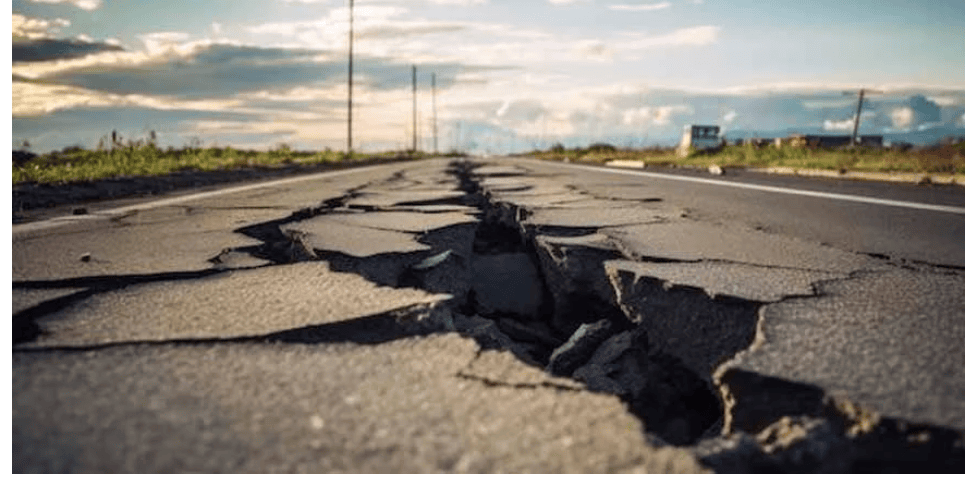
(iii) Which of these gets affected during floods?
(a) Crops
(b) Roads
(c) Transport
(d) All of these
Ans: (d)
Floods impact crops, roads, and transportation infrastructure due to inundation and water damage.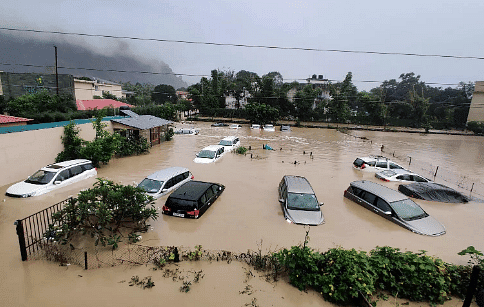
(iv) What causes a volcanic eruption?
(a) Underwater earthquake
(b) Heavy rainfall
(c) Rotating column of air
(d) Tectonic activity
Ans: (d)
Volcanic eruptions are caused by the movement of magma from the Earth's mantle through cracks in the Earth's crust. This molten rock, known as lava, erupts onto the surface.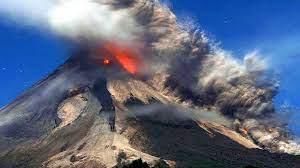
(v) What causes a cyclone to form?
(a) Heavy snowfall over mountains
(b) Warm, moisture-bearing clouds over oceans or seas
(c) Sudden melting of glaciers
(d) Collapsing riverbanks
Ans: (b)
A cyclone forms when warm, moisture-rich air rises from oceans, creating low pressure and swirling winds, followed by heavy rainfall and strong storms.
Q2: True & False.
(i) During an earthquake, it is best to take shelter under a tree.
(ii) A tsunami is a massive earthquake.
(iii) Deforestation increases rainfall and reduces the incidence of drought.
Ans:
(i) False
(ii) False
(iii) False
Q3: Fill in the blanks.
(i) A flood is a natural __________.
(ii) A ______ is a very strong wind with very heavy rain in coastal areas.
(iii) Diseases are likely to break out after floods due to ______________ after the flood water recedes.
(iv) The intensity of an earthquake is measured on a _________.
Ans:
(i) disaster
(ii) Cyclone
(iii) unhygienic conditions
(iv) Richter scale
Q4: Short Answer Type Questions.
(i) When do floods occur?
Ans: A flood is the inundation of a normally dry area caused by an increased water level in an established watercourse, such as a river, stream, or drainage ditch, or ponding of water at or near the point where the rain fell. Floods can occur anytime during the year.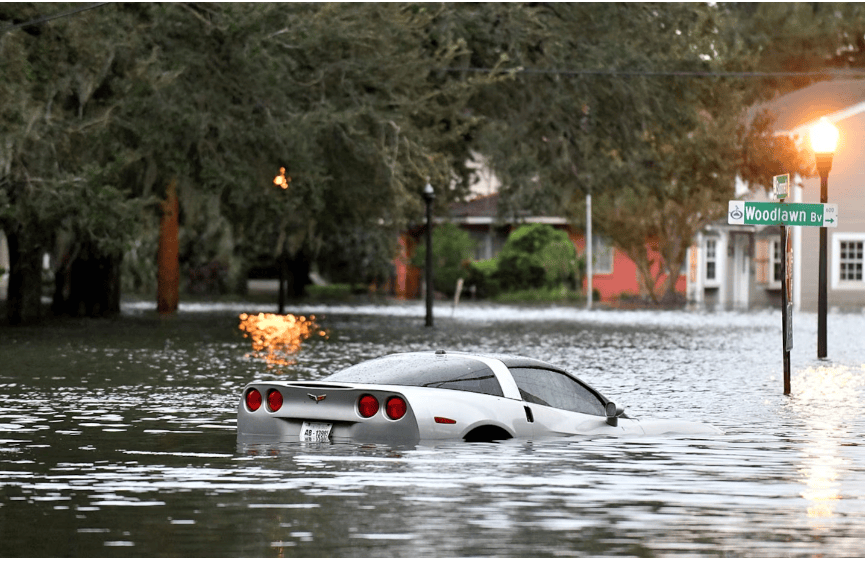
(ii) What do you understand by the term natural disaster?
Ans: Natural calamities are sudden changes in nature, which cause great damage and destruction. Some of the natural calamities we face in our country are floods, earthquakes, drought, landslides, etc. Earthquakes cause the surface to tremble and shake, and lead to mass destruction.
(iii) How does a volcanic eruption take place?
Ans: Sixty per cent of all active volcanoes occur at the boundaries between tectonic plates. Most volcanoes are found along a belt, called the “Ring of Fire” that encircles the Pacific Ocean. Some volcanoes, like those that form the Hawaiian Islands, occur in the interior of plates at areas called “hot spots.”
Q5: Long Answer Type Questions.
(i) Briefly explain the different types of volcanoes.Ans: Volcanoes are grouped into four types:
- Cinder Cones: Cinder cones are circular or oval cones made up of small fragments of lava from a single vent that have been blown up.
- Composite Volcano: Composite volcanoes are steep-sided volcanoes composed of many layers of volcanic rocks, usually made from high-viscosity lava, ash and rock debris.
- Shield Volcano: Shield volcanoes are volcanoes shaped like a bowl or shield in the middle with long gentle slopes made by basaltic lava flows.
- Lava Domes: Lava domes are formed when erupting lava is too thick to flow and makes a steep-sided mound as the lava piles up near the volcanic vent.
(ii) What precautions should be taken when an earthquake occurs?
Ans: Precautions that should be taken during the earthquake are:
- Stay calm! If you're indoors, stay inside. If you're outside, stay outside.
- If you're indoors, stand against a wall near the centre of the building, stand in a doorway, or crawl under heavy furniture (a desk or table).
- Stay away from windows and outside doors. Stay away from tall and heavy objects that may fall on you.
- If you are in bed, do not get up. Protect your head with a pillow.
(iii) What is a drought? What measures can be taken to avoid droughts?
Ans: Drought is shortly the unusual dryness of soil due to the levels of rainfall. Drought occurs when rainfall is significantly below average over a prolonged period.
Measures that can be taken to avoid droughts are:
- Check your well pump periodically.
- Plant native and/or drought-tolerant grasses, ground covers, shrubs, trees, or small plants.
- Install irrigation devices that are the most water efficient for each use, such as micro and drip irrigation, and soaker hoses.
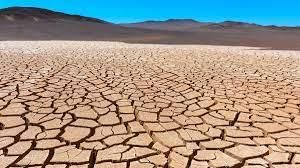
|
33 videos|399 docs|50 tests
|
FAQs on Natural Disasters - 1 Class 5 Worksheet SST
| 1. What are the different types of natural disasters? |  |
| 2. How can we prepare for natural disasters? |  |
| 3. What should we do during a natural disaster? |  |
| 4. What are the effects of natural disasters on communities? |  |
| 5. How can we help communities affected by natural disasters? |  |
















